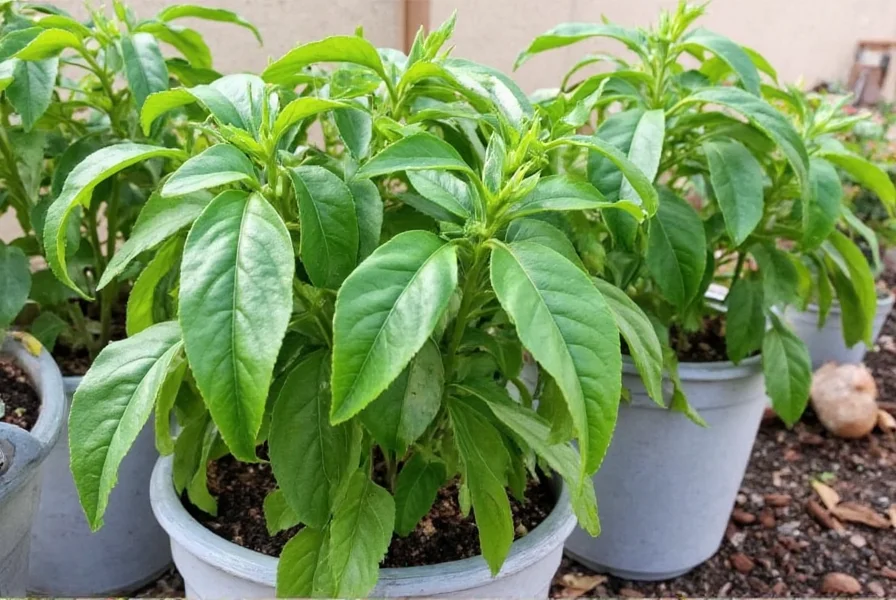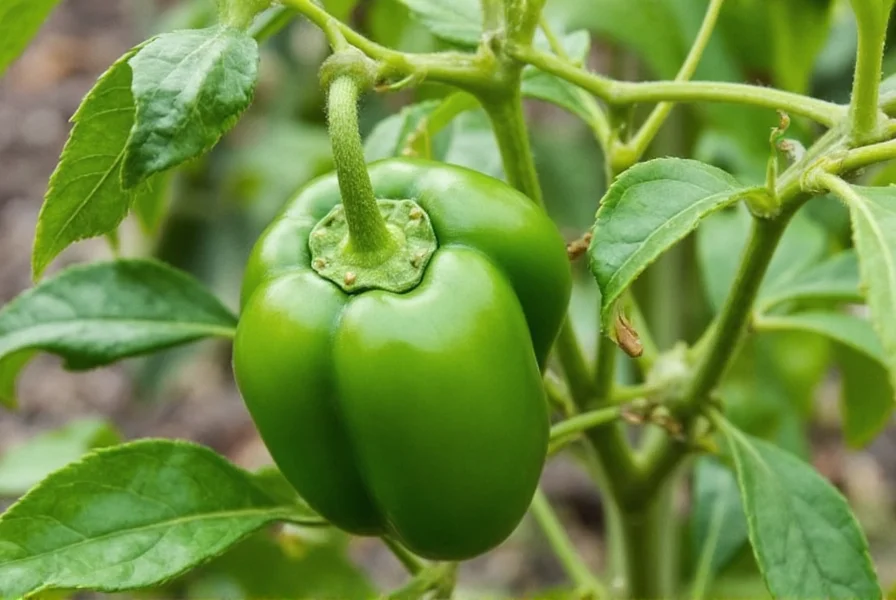Overwintering pepper plants allows gardeners to extend their productive life for multiple seasons, saving both time and money while enjoying earlier harvests in subsequent years. Unlike annual treatment most gardeners give them, many pepper varieties—including bell peppers, jalapeños, and habaneros—are actually perennials in their native tropical environments. With proper winter care, your pepper plants can survive dormancy and reward you with stronger growth come spring.
Understanding Pepper Plant Winter Needs
Pepper plants (Capsicum species) originate from warm tropical climates where temperatures rarely drop below 50°F (10°C). When exposed to cold temperatures, they enter dormancy rather than dying outright. Recognizing the signs of approaching dormancy helps time your overwintering efforts correctly:
- Slowed or stopped growth as temperatures drop below 60°F (15°C)
- Leaf yellowing and drop as daylight decreases
- Cessation of flowering and fruit production
- Reduced water requirements as metabolic activity decreases
Attempting to overwinter pepper plants too early (before they naturally begin dormancy) creates unnecessary stress. Wait until after your region's average first frost date has passed but before temperatures drop below 40°F (4°C) for several nights.
Indoor Overwintering: Step-by-Step Guide
Indoor overwintering works for all climate zones and provides the highest success rate for most gardeners. Follow these steps for best results when learning how to keep pepper plants alive in winter:
1. Timing Your Indoor Transition
Bring plants indoors approximately 2 weeks before your area's first expected frost. This allows gradual acclimation from outdoor to indoor conditions. Sudden temperature changes shock pepper plants, causing excessive leaf drop.
2. Preparing Plants for Indoor Life
Before moving plants inside:
- Inspect thoroughly for pests and treat with insecticidal soap if needed
- Prune back approximately one-third of the plant's size
- Remove all remaining fruit to redirect energy to root survival
- Cut away any dead or diseased branches
3. Ideal Indoor Conditions
Creating the right environment is crucial for successful indoor overwintering techniques for chili peppers. Consider these factors:
| Condition | Optimal Range | Minimum Acceptable |
|---|---|---|
| Temperature | 60-75°F (15-24°C) | 50°F (10°C) |
| Light Exposure | 12-14 hours daily | 10 hours daily |
| Watering Frequency | When top 2 inches dry | Never let roots dry completely |
| Humidity | 40-50% | 30% |
4. Lighting Requirements
Natural window light rarely suffices for overwintering pepper plants. Most homes provide only 6-8 hours of usable light, while peppers need 12-14 hours. Use one of these lighting solutions:
- LED grow lights (most energy-efficient option)
- Fluorescent shop lights with cool and warm bulbs
- Position plants 6-12 inches below light source
- Use a timer to maintain consistent light schedule

5. Watering Strategy During Dormancy
Overwatering causes more overwintering failures than cold temperatures. Follow these watering guidelines for pepper plant winter care:
- Water only when the top 2 inches of soil feel dry
- Use room-temperature water to avoid shocking roots
- Water thoroughly until it drains from bottom, then empty saucer
- Reduce frequency to every 2-3 weeks in deep dormancy
- Never let soil become bone dry for extended periods
Outdoor Overwintering Options
In USDA hardiness zones 9-11, outdoor overwintering may work for some pepper varieties. This approach requires careful planning and protection:
- Apply 4-6 inches of organic mulch around base after first light frost
- Construct a cold frame or use frost cloth for temperatures below 40°F
- Water deeply before expected hard freezes
- Prune back to 12-18 inches after plants enter dormancy
- Provide wind protection with burlap barriers
Outdoor overwintering works best for hardier varieties like cayenne and jalapeño, while more tropical varieties like habaneros typically require indoor protection. The best way to overwinter bell pepper plants specifically usually involves indoor methods due to their less hardy nature.

Common Overwintering Mistakes to Avoid
Even experienced gardeners make these errors when attempting to overwinter pepper plants:
- Overwatering - The number one cause of overwintering failure
- Insufficient light - Leads to weak, leggy growth and eventual decline
- Bringing in pest-infested plants - Inspect thoroughly before moving indoors
- Pruning too aggressively - Remove no more than one-third of plant mass
- Maintaining summer temperatures - Peppers need cooler winter conditions
- Expecting fruit production - Focus on survival, not harvest during dormancy
Spring Transition and Revival
As temperatures warm in spring, gradually reintroduce your pepper plants to outdoor conditions:
- Begin acclimation when nighttime temperatures consistently stay above 50°F
- Start with 1-2 hours of morning sun, increasing daily
- Wait 2-3 weeks after last frost date before full outdoor placement
- Prune any dead or weak growth before final outdoor placement
- Resume regular watering and begin light fertilization
Most successfully overwintered pepper plants will show new growth within 2-4 weeks of proper spring care. Don't be concerned if revival seems slow—peppers prioritize root recovery before top growth.
When Overwintering Isn't Worth the Effort
Not all pepper plants warrant overwintering efforts. Consider starting fresh if your plant shows:
- Signs of viral or fungal diseases that won't clear in dormancy
- Severe pest infestations that resist treatment
- Extensive root damage or root-bound conditions
- Plants that struggled throughout the growing season
- Very young plants started late in the season
Healthy, productive plants that have survived most of the growing season typically provide the best return on your overwintering investment.











 浙公网安备
33010002000092号
浙公网安备
33010002000092号 浙B2-20120091-4
浙B2-20120091-4